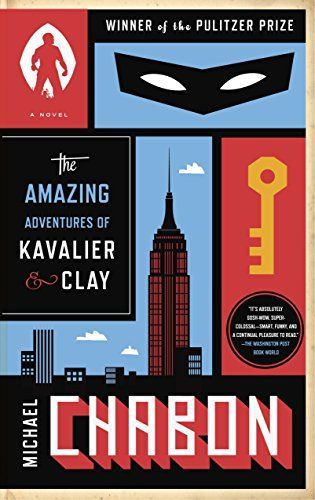
Reviews
Eli Alvah Huckabee@elijah
Sarah Sammis@pussreboots
Laura Mauler@blueskygreenstrees
Hyde F@hyde
Jesse Morley@jessemorley
Jessica Geddis @jessicageddis
Ewan@euzie
Agnes Johansson@agnes_is_reading
Mary Rose Luksha@mayroundstone
Fraser Simons@frasersimons
finn@steelstars
Liam Byrne @tvtimelimit
Alexia@apolasky
Jeremy Anderberg@jeremyanderberg
Daryl Houston@dllh
Les Reynolds@lreynolds
Jolin Masson@JolinM
iamazoo@iamazoo
Daniel Bower@danielbower
Aadya J @aadyajoshi
Gabe Cortez@gabegortez
Spencer Tweedy@spencer
Jaylee@jaybillyy
Patrick Book@patrickb
Highlights
Jaylee@jaybillyy
Page 339
Jaylee@jaybillyy
Page 37
Jaylee@jaybillyy
Page 37